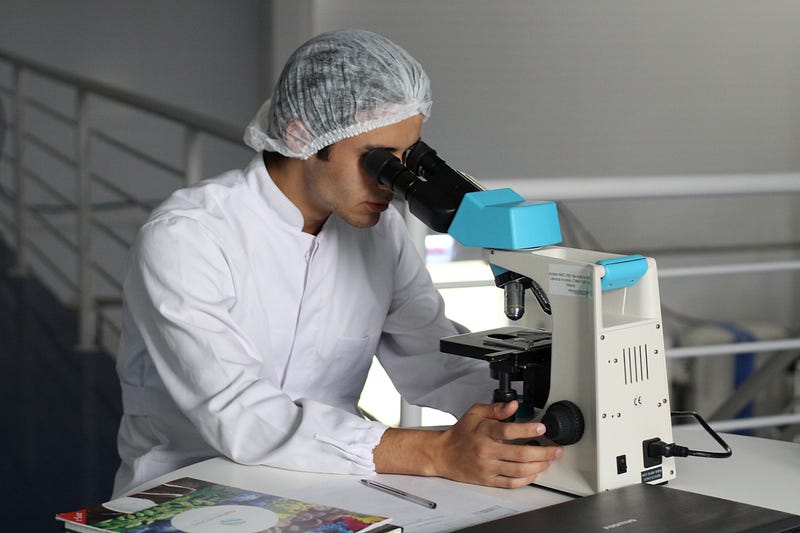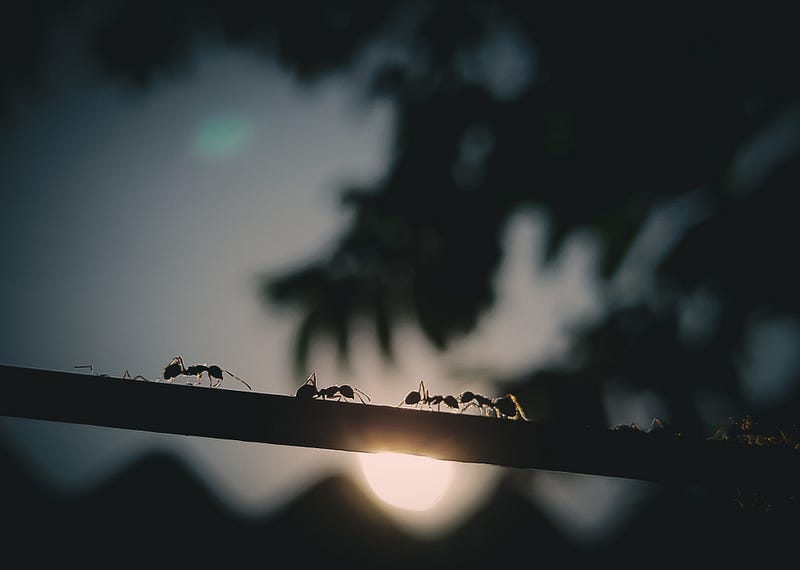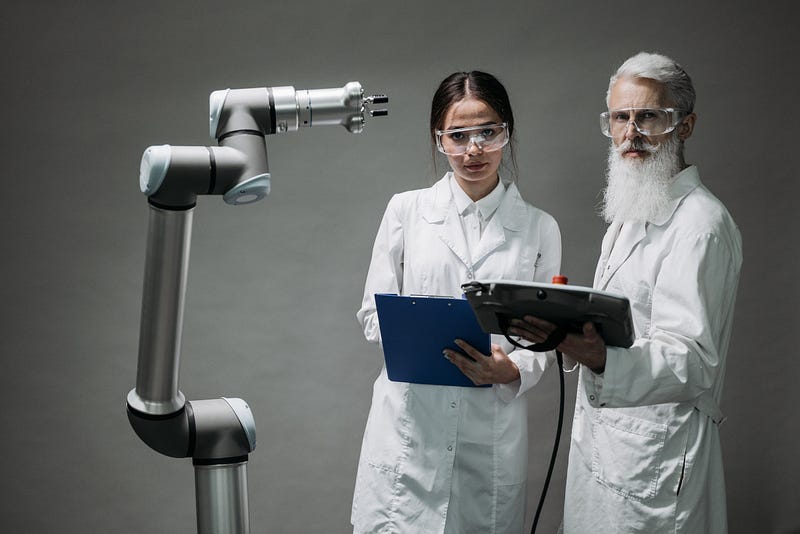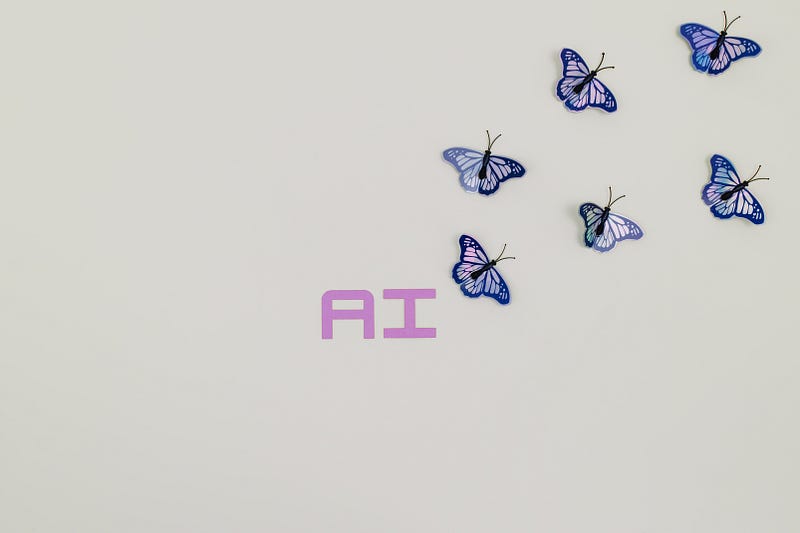Innovative Links Between Animal Behavior and AI Research
Written on
Understanding the Connection Between Animal Behavior and AI
When we discuss artificial intelligence (AI), the common perception is of machines mimicking human cognitive abilities. However, current AI advancements still have a long way to go before reaching that goal. Interestingly, some scholars propose that examining how animals acquire knowledge, adapt, communicate, and form social structures could significantly enhance our understanding of AI and lead to more effective applications.
Insights from Animal Research in AI Development
Finding 1: Materials that Mimic Animal Learning

Photo by Lucas Vasques on Unsplash
Researchers have investigated nickel oxide and discovered that its characteristics resemble the learning patterns of sea slugs. The study involved toggling the environment between normal air and hydrogen gas to analyze the material's response.
Key Observations:
- The electrical conductivity of nickel oxide changed with exposure to hydrogen, enhancing its electron availability for current generation.
- Similar to the sea slugs, the conductivity diminished with repeated exposure, indicating habituation.
According to Shriram Ramanathan, a Professor at Purdue University, much of the AI research has concentrated on software-based learning approaches, neglecting the potential of material learning capabilities.
Applications:
- The aim is to develop brain-inspired computers where the learning and adaptability of materials are integral to their intelligence.
Finding 2: Learning from Insect Behavior for AI Swarm Intelligence

Photo by Prabir Kashyap on Unsplash
Swarm Intelligence, or collective intelligence, involves studying social insects that excel in solving intricate problems as a group, such as optimizing routes to food sources.
Key Observations:
- Individually, insects may seem simple, akin to each IoT system.
- Collectively, they demonstrate remarkable intelligence and efficiency by interacting with their environment.
Over the past two decades, researchers have developed eight distinct mathematical algorithms inspired by swarm behavior: Ant Colony Optimizer, Particle Swarm Optimizer, and others.
Applications:
- In AI, Swarm Intelligence is crucial for understanding collective behavior in self-organized systems, particularly in IoT. The movements of electrons can serve as a model for AI behavior.
Practical Applications of Swarm Intelligence
In a recent podcast, Dr. Eng Lim Goh highlighted two profound applications of Swarm Intelligence that could significantly benefit society:
1. Enhancing Disease Diagnosis in Hospitals

Photo by Pavel Danilyuk from Pexels
By sharing protected patient information such as imaging records and scans, hospitals could collectively derive insights that improve diagnostic accuracy. Dr. Goh emphasized the potential global value of uniting hospitals.
2. Combating Credit Card Fraud

Photo by Liliana Drew from Pexels
Currently, financial institutions train AI on their individual datasets, which can be limiting. A more effective approach would involve sharing fraud data among organizations while keeping client information confidential.
The decentralized nature of IoT and Swarm Intelligence allows for self-organizing systems. By applying mathematical algorithms derived from wildlife behavior, researchers and IT professionals can enhance their understanding of AI Swarm Intelligence, leading to more efficient task execution in IoT networks.

Photo by Tara Winstead from Pexels
This video explores the intersection of robotics, IoT, and AI technologies in enhancing biodiversity understanding.
In this video, experts discuss whether AI can help us communicate and understand animals better.